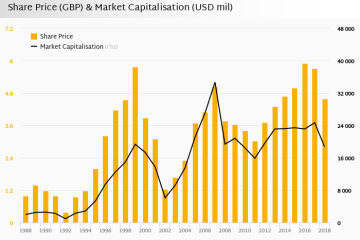Poland: Cultural Richness and Economic Growth

Introduction
Poland, a central European nation bordered by Germany to the west and Ukraine to the east, has transitioned remarkably since the fall of communism in 1989. Its rich cultural heritage, alongside rapid economic development, has drawn global attention, making it a significant player in both the European Union and the global market. Understanding Poland’s current situation is crucial for potential investors, tourists, and anyone interested in European politics and economics.
Current Economic Landscape
As of September 2023, Poland boasts one of the largest economies in Central Europe, with a GDP growth rate of approximately 4.2%, according to the International Monetary Fund. The country has become an attractive destination for foreign investment, with major companies such as Amazon and Google establishing powerful footprints in Polish cities. The government’s pro-business policies, combined with a highly educated workforce, have fostered a thriving environment for various industries including IT, manufacturing, and renewable energy.
Cultural Significance
Poland’s rich history and diverse culture remain a source of pride for its citizens. The country is renowned for its medieval architecture, stunning landscapes, and vibrant arts scene. Major cities like Warsaw and Kraków serve as cultural hubs, hosting numerous festivals celebrating music, film, and theatre. UNESCO’s recognition of various Polish sites, including the historic centre of Kraków and the Auschwitz-Birkenau concentration camp, highlights the nation’s significant historical contribution to global heritage.
Challenges Facing Poland
Despite its advancements, Poland faces notable challenges. The ongoing tensions over judicial reforms and rule of law have raised concerns within the EU, potentially impacting its relations. Additionally, the country is grappling with demographic shifts, including a declining birth rate and an aging population, which may pose economic challenges in the coming decades. Climate change and its effects on agriculture are also pressing issues, prompting Poland to seek changes in its energy policy.
Conclusion
Poland stands at a crossroads, with the potential for continued growth tempered by significant challenges. For businesses and investors, the opportunities in Poland are abundant, yet it remains vital to stay informed of the political and economic landscape. As the country continues to evolve, its importance on the European stage is likely to grow, making it a nation worth watching.









